What is Socialist Realism?
Socialist realism is a form of modern realism that was the official state art in the Soviet Union and the countries under its influence from 1934 to the mid-1980s. In the visual arts, this direction brings a specific synthesis of communist propaganda with the traditions of realism, neoclassicism and romanticism. With Stalin’s gradual consolidation of power, socialist realism became more dominant, only to eventually completely replace all forms of Russian avant-garde art. Representatives of socialist realism are Isaac Brodsky, Vera Mukhina, Aleksandr Deyneka, Yevgeny Vuchetich.
Socialist Realism Artworks
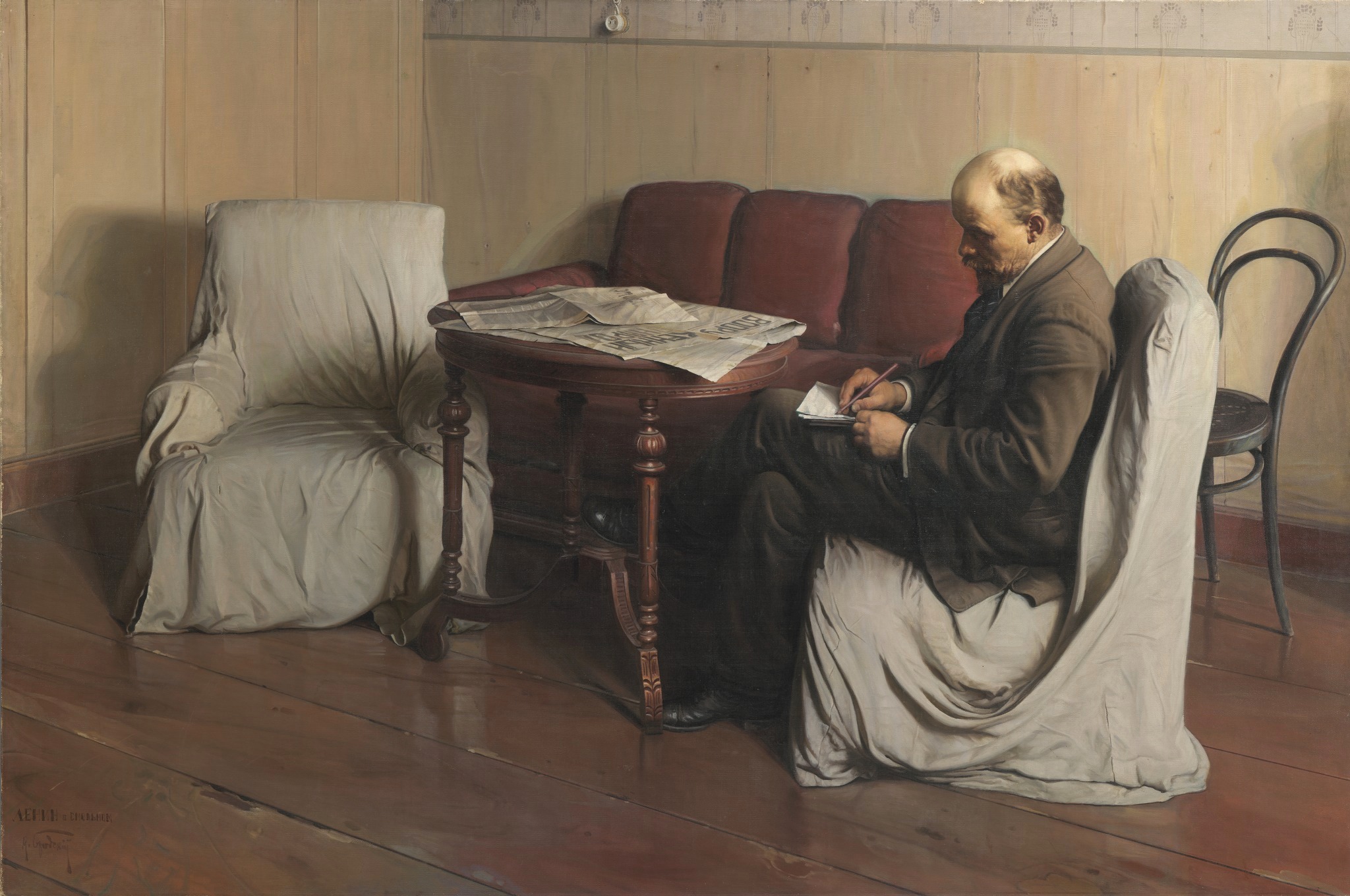
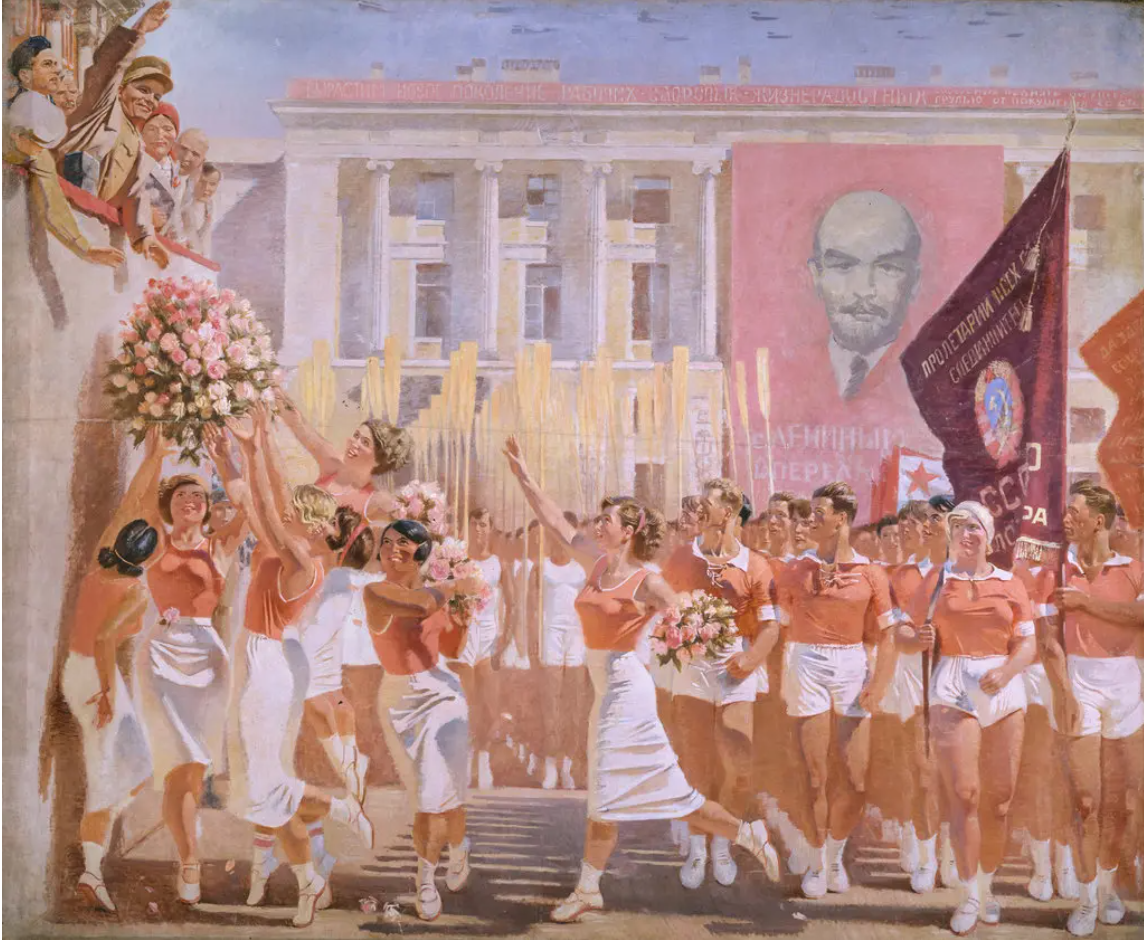
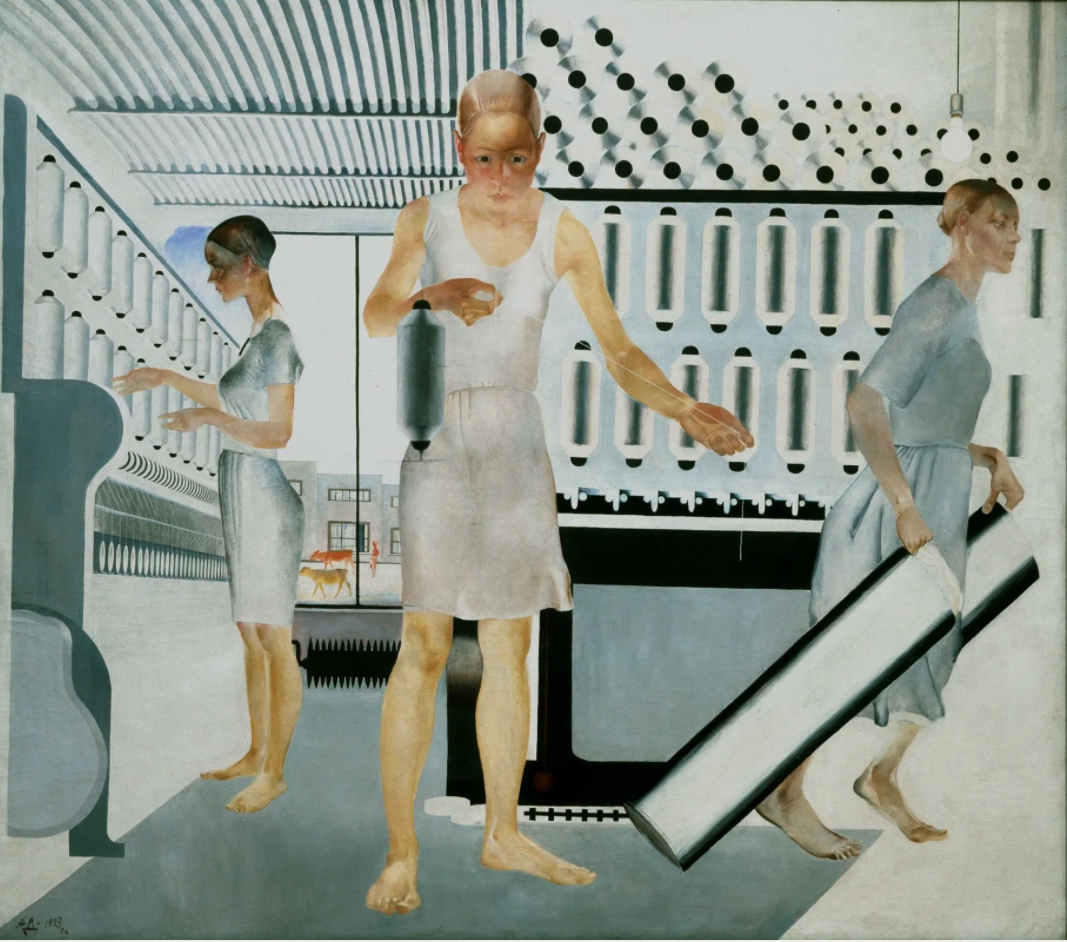
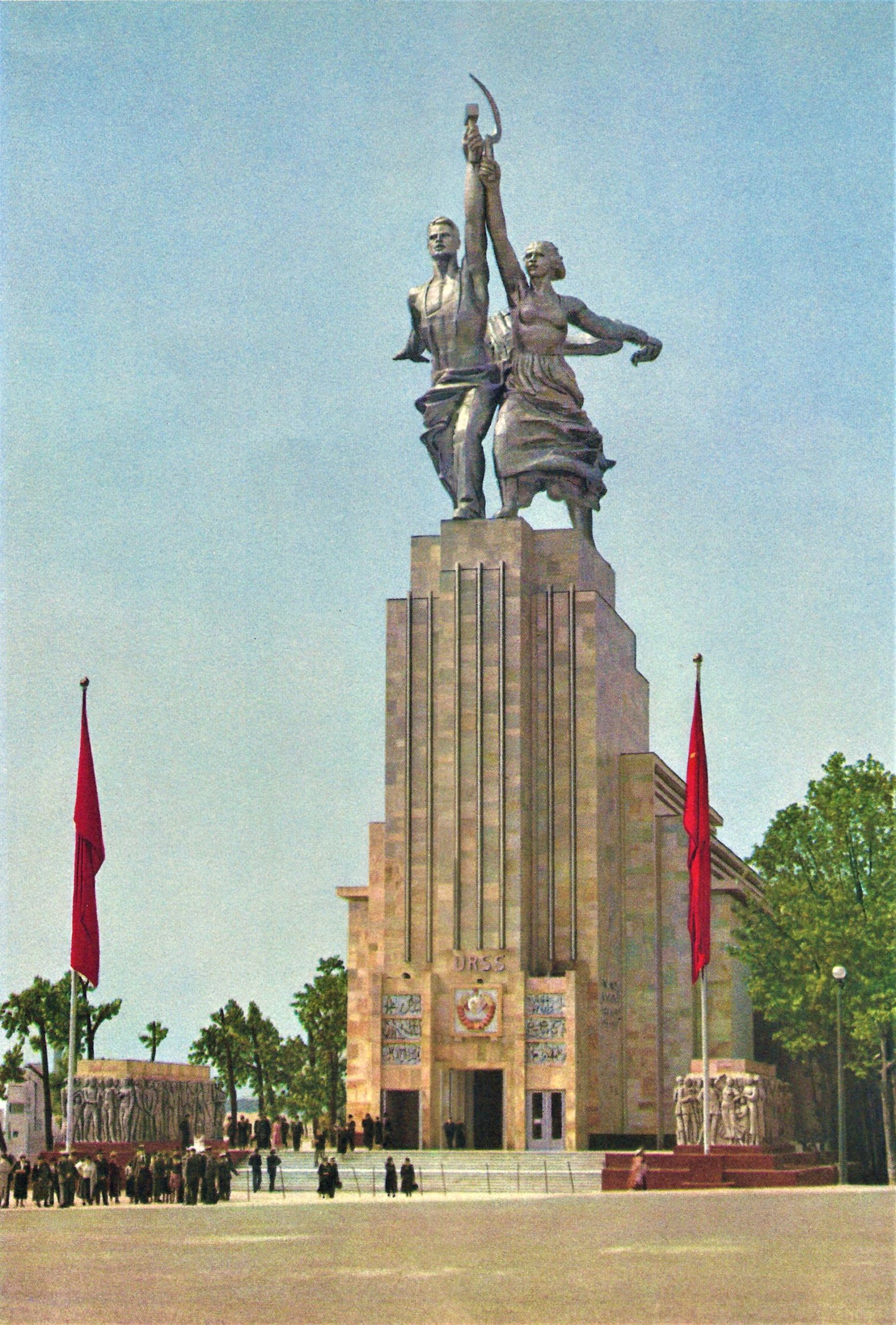
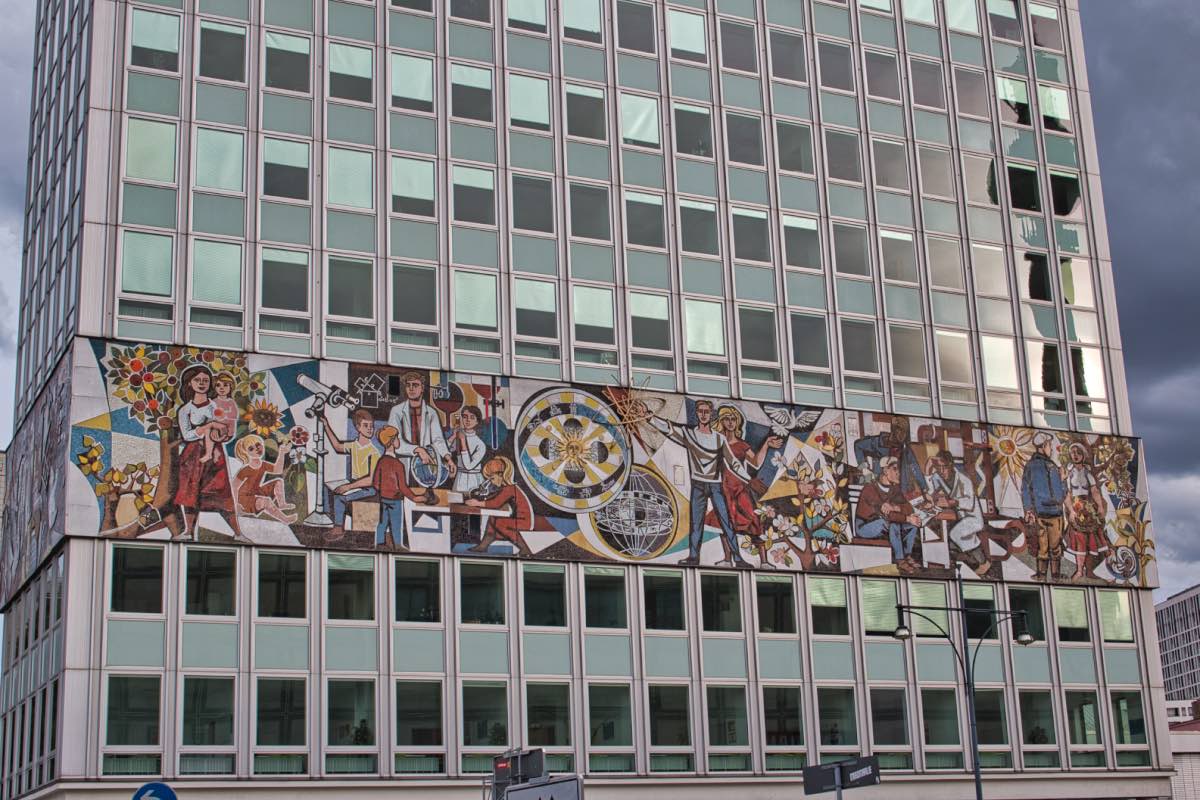
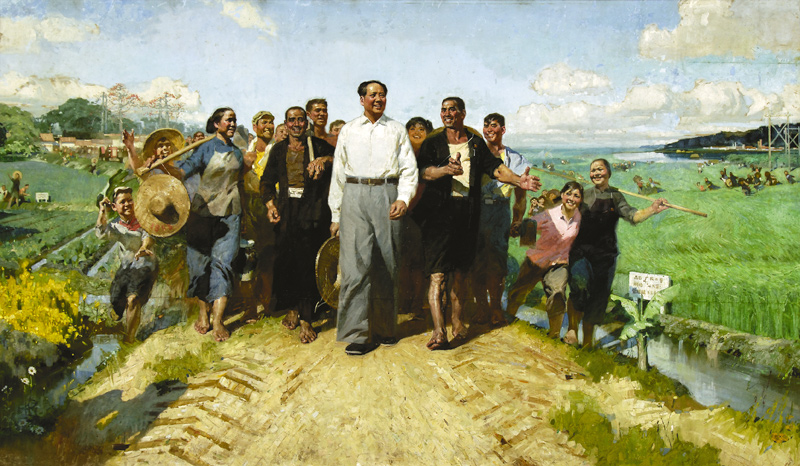
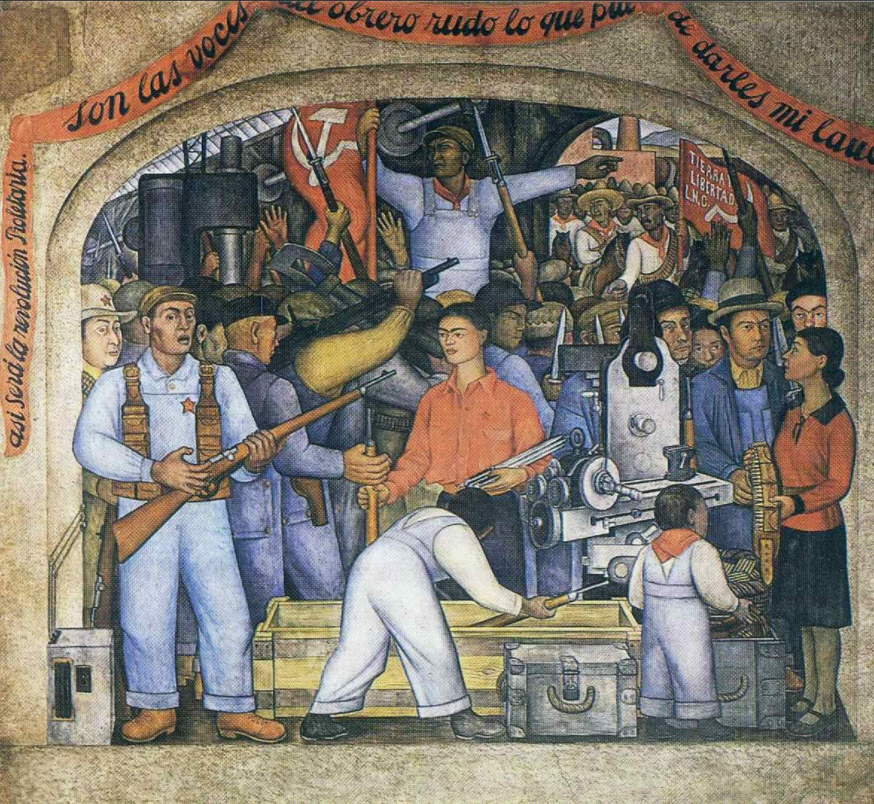
History of Socialist Realism
In the years before the Bolshevik revolution, many artists from a wide range of Russian avant-garde movements, including Suprematism, Constructivism, Futurism, and Neo-Primitivism, were active members of social change, advocating leftist ideas.
After the revolution and the establishment of the first socialist society in history, the formation of a new overall visual culture was a complex task on which a large number of artists in various movements and organizations worked. The proletarian cult as an experimental artistic institution, which aimed to develop proletarian culture for the short period of its existence from 1917 to 1920, mobilized tens of thousands of members. Many constructivists worked within this organization. Opposing the idea of the exclusivity of art, the artists in the “Proletcult” worked on the formation of a new workers’ artistic aesthetics based on the achievements of the revolution and industrialization. Lenin opposed the independence that artists sought to achieve by working in this organization and sought to establish party control over this organization with the idea of preventing potential opposition activities, only to finally stop its work in 1920. During the late 1920s, avant-garde tendencies in art were increasingly suppressed.
Artists close to the tradition of realism gathered at the Association of Artists of Revolutionary Russia (AKhRR). This organization was founded in 1922 and operated in Moscow and Leningrad. The first president of this association was Pavel Radimov, a member of the famous Peredvizhniki, whose work was often highlighted as an inspiration for socialist realism. Prominent painters such as Sergey Malyutin and younger ones like Isaak Brodsky worked within this group. Relying on the tradition of social realism was desirable in the context of form but not in the context of themes especially after the end of the civil war. Since the painting of the group Peredvizhniki often represented injustice and the difficulty of life in tsarist Russia, now in the newly established socialist society, this critical tone becomes superfluous because it presupposes the abolition of class inequality.
The Society of Easel-Painters (OST) was founded in Moscow in 1925. As a kind of response to avant-garde experiments and suprematist redefining of painting, painters Yuri Pimenov and Alexander Deynek sought to create an institutional and ideological environment for a return to traditional pre-Cubist painting.
Both of these organizations, as well as many others, ceased to exist in 1932, twelve years after the abolition of the Proletcult. That year, the Central Committee decided to abolish all literary and artistic groups and to replace all individual forms of artistic association with the Artists’ Union of the USSR. In this way, the doctrine of socialist realism, which had already been established, became the only recognized form of artistic expression. Nevertheless, the official establishment of socialist realism as a state art took place in 1934 at the Congress of Soviet Writers. The basic principles of the new art of socialist society were formulated by Maxim Gorky at this congress. The art of socialist realism was to meet the needs of the proletariat, to represent everyday Soviet life, to continue the tradition of realism and to support the ideas of the Communist Party.
Art that belonged to the avant-garde was marked as decadent and bourgeois. Those works were removed from museum exhibits, while many avant-garde artists left the country or ended up in prisons. Prominent art theorist and great advocate of the avant-garde and philosophy of Suprematism, Nikolai Punin, was arrested on several occasions. He was last arrested in 1949 and sent to the Gulag camp of Vorkuta, where he died in 1953.
Influences of Socialist Realism
By confronting the avant-garde principles of abstraction and its inventiveness, Soviet culture moved in the direction of reinterpreting the art of the second half of the 19th century. Instead of introducing a new visual language, the process of emancipation of the broad masses was approached by favoring the category of recognizability. The engaged component of the art of realism, the introduction of themes and motives that concerned the lives of marginalized groups were the starting point for building a new realism in socialism. The fragmentary approach to this tradition resulted in the adoption of formal patterns and structuring of the image, while the engaged, critical note of social realism in socialist realism was lost. The place of the critical in this art has been replaced by idealization- classless society through a propaganda prism did not provide a basis for criticism.
Art Tailored to the New Soviet Man
The spectrum of themes represented in this artistic direction was, in addition to the propaganda, including those with more modest revolutionary capacities, such as the genre painting or landscapes. Highly valued landscape painting is another of the continuity of connections between socialist realism and the tradition of the Peredvizhniki group. Important moments from the revolutionary struggle as well as the current successes of the Communist Party were regularly presented. Fine art played an important role in creating the cult of personality, first in the case of Lenin and later Stalin. Portraits of the two leaders were created in large numbers and were ubiquitous in public spaces. Socialist realism brought a new image of a woman who was supposed to follow the course of women’s emancipation and the realization of gender equality. Significant progress has been made in wider social emancipation, with a high number of employed women in the Soviet Union compared to the low percentage of women in the workforce of the United States. Yet the predominantly patriarchal model has survived and can be read through the composition of propaganda mechanisms.
Allegorical compositions play a significant role here and show how the male and female figures are treated. Stalin described the socialist realist artists as “engineers of souls” with the mission to influence the formation of the New Soviet Man. That New Man, as the ideal to strive for, should have been constantly visible. There are many examples of allegorical representations that bring the New Man as muscular, healthy, strong, handsome, revolutionist, scientist or worker. This commitment to allegorical representation is even more common in sculpture.
Socialist Realism as an Artistic Doctrine of the Eastern Bloc
Socialist realism spread primarily as a literary style and had a significant echo in France, Germany, and Poland. After the Second World War, socialist realism in a broader sense became the dominant artistic framework in all the countries of the Eastern bloc. In addition to painting, sculpture and film, architecture played an important role in the formation of a new ideological or spatial environment. Soviet cultural policy had somewhat more liberal waves. After Stalin’s death in 1953, Nikita Khrushchev tried to form a different cultural climate in the mid-fifties, some artists began to experiment with new techniques. In the 1960s, this more relaxed relationship continued, but socialist realism as an official state art persisted until the time of Mikhail Gorbachev.
Socialist realism was also an official state art style in China, where this art flourished during the Cultural Revolution. The struggle against the so-called reactionary and bourgeois elements in society, as well as the increasingly intense cult of personality of Mao Zedong, encouraged the mass production of works of art in the manner of socialist realism.
The Socialist Federal Republic of Yugoslavia was the only socialist country to reject socialist realism as an artistic doctrine. After 1948 and Tito’s break with Stalin’s policy, Yugoslavia distanced itself from this propaganda art form. This was made official at the Third Congress of the Writers’ Alliance of Yugoslavia held in Ljubljana in 1952, on which occasion one of the most influential Yugoslav intellectuals, Miroslav Krleža, gave a speech that made the separation official.
Notable Socialist Realist Artists
- Isaac Brodsky (1884 – 1939)
- Alexander Gerasimov (1881 – 1963)
- Konstantin Yuon (1875 – 1958)
- Ilya Mashkov (1881 – 1944)
- Pyotr Konchalovsky (1876 – 1956)
- Vera Mukhina (1889 – 1953)
- Yevgeny Vuchetich (1908– 1974)
- Czeslaw Znamierowski (1890 – 1977)
- Boris Ioganson (1893 – 1973)
- Boris Korneev (1922 – 1973)
- Aleksandr Deyneka (1899 – 1969)
